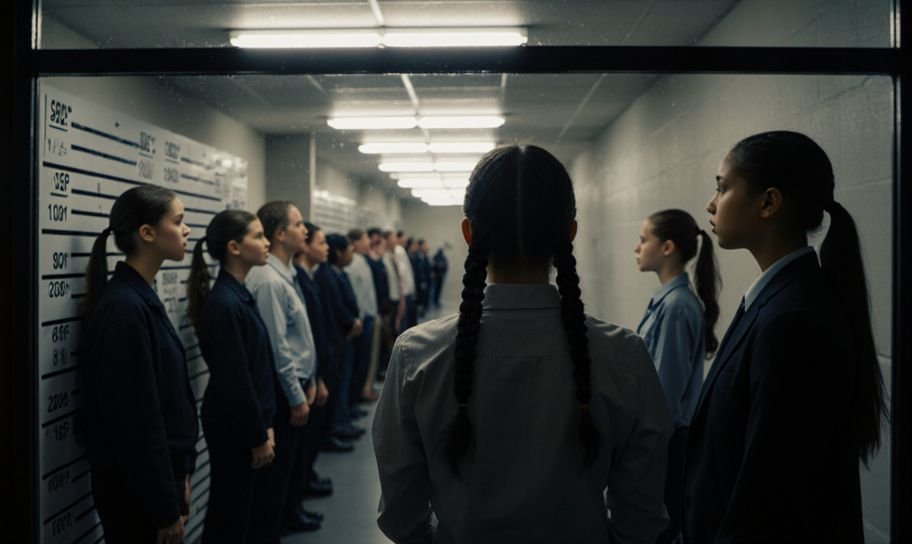
Summary: Ashok Sahadev Patil's request to be released from being held was denied by the Bombay High Court. He was accused of serious crimes involving minors, and how he was arrested was being closely examined.
Ashok Sahadev Patil was arrested on July 28, 2022, for allegedly being involved in crimes under Section 376 of the IPC and sections of the POCSO Act and Immoral Traffic Prevention Act. The case started when two young girls were reportedly sexually assaulted by people known to their mother. The first person to report this, Varsha Vitthal Pawar, filed the police report after hearing about the situation from an NGO.
During the investigation, Patil's involvement became known. A lineup to identify suspects was held on September 15, 2022, where the victims pointed out Patil as one of the attackers. The case against him was based on these identifications and statements recorded during the investigation.
Patil's arrest was challenged because there were claims that proper procedures were not followed. His lawyer argued that he was not told why he was being arrested in writing, and his wife was not informed, which goes against Article 22 of the Constitution and certain legal rules. However, the prosecution showed evidence that these procedures were followed, including an arrest memo signed by Patil.
"The legal rules require that the arrested person must be told why they are being arrested," cited from the Supreme Court judgment referenced in the case.
Judges Sarang V. Kotwal and Shyam C. Chandak denied the request, emphasizing the seriousness of the charges and the lack of any real unfair treatment against Patil. They mentioned a Supreme Court decision that said following arrest procedures closely is good enough unless there is clear unfair treatment.
"Without clear unfair treatment, such a mistake is something that can be fixed and cannot, by itself, justify release on bail."
The court stressed the importance of understanding arrest procedures among legal and police authorities. They ordered that relevant Supreme Court judgments be shared to ensure everyone is clear on legal procedures.
This case shows the balance between following procedures and the seriousness of charges in court decisions.